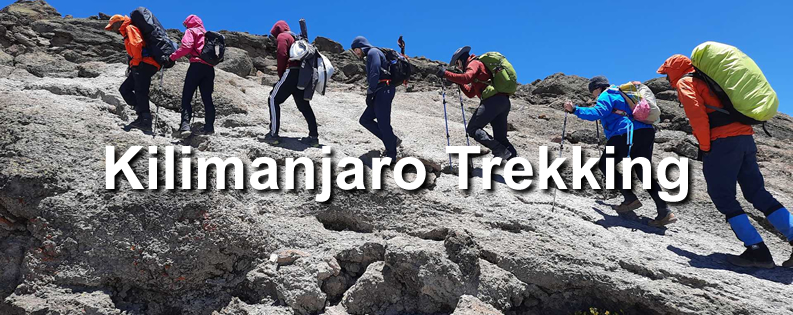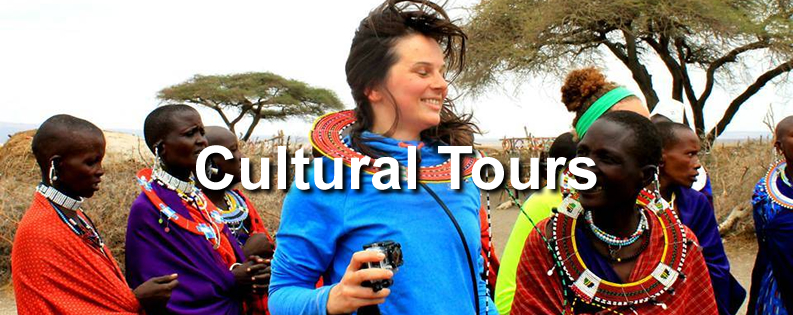Migration Season in Serengeti: A Month-by-Month Guide
Introduction: The Marvel of Nature Unveiled
Every year, the Serengeti National Park transforms into a breathtaking stage, where nature performs its most remarkable spectacle: the Great Migration. This awe-inspiring event sees millions of wildebeest, zebras, and other animals journey across the plains of Tanzania in search of greener pastures. The migration is not just a display of wildlife; it’s a symbol of resilience, survival, and the intricate balance of nature. Whether you’re an avid wildlife enthusiast or a casual traveler, understanding the migration season can enhance your experience. This comprehensive month-by-month guide will prepare you for an unforgettable adventure in the Serengeti, and we’ll show you why booking your tour with Authentic Vacations Adventures is the best choice for an immersive experience.
January: The Calm Before the Storm
As the year begins, the Serengeti is relatively quiet, with large groups of wildebeest congregating in the Southern Serengeti. This is the calving season, where over 500,000 calves are born in just a few weeks. Witnessing these newborns take their first steps is nothing short of magical. January is an excellent time to visit if you want to see the circle of life unfold right before your eyes.
Best Wildlife Viewing Tips:
- Look for predators like lions and hyenas that follow the herds for easy prey.
- Join a guided safari tour to gain insights from experienced guides.
February: A Baby Boom
February is peak calving season, when the Serengeti is alive with the sounds of newborn wildebeests. This is the perfect month for photographers seeking stunning shots of frolicking calves against the backdrop of the vast savannah. The predators, too, are more active during this time, making for thrilling wildlife encounters.
Must-See Spots:
- Ndutu region: Famous for its open plains and calving herds.
- Lake Ndutu: A beautiful area for birdwatching and seeing hippos.
March: The Great Gathering
As the calves grow stronger, the herds begin to move northwards. March marks the time when migration starts to pick up momentum. The Serengeti’s lush grasslands make it an ideal feeding ground, so you’ll find large concentrations of animals gathering in the northern plains.
Adventure Awaits:
- Take a hot air balloon ride for a bird’s-eye view of the migration.
- Enjoy guided walks to explore the flora and fauna up close.
April: The Rains Arrive
April brings the rainy season, transforming the Serengeti into a vibrant green paradise. While some areas may become less accessible due to muddy conditions, this is the perfect time for nature lovers. The rains rejuvenate the ecosystem, attracting a plethora of birds and other wildlife, creating a different kind of spectacle.
Travel Tips:
- Be prepared with waterproof gear.
- Observe the dramatic landscapes, perfect for photography.
May: The Journey North
As the rains begin to taper off, the herds continue their journey north towards the lush pastures in the Seronera area. May is an excellent month for game drives as the wildlife is abundant and visibility is good. This transitional phase leads into the more dramatic movements of the migration.
What to Do:
- Visit the Seronera River area to see various wildlife congregating.
- Participate in cultural experiences with local Maasai communities.
June: The Thrill of the River Crossings
June sees the herds prepare for one of the most thrilling events of the migration: the river crossings. The Grumeti River becomes a critical obstacle for the wildebeest as they seek greener pastures in the north. This is a prime time for witnessing the tension and excitement as crocodiles lay waiting for their chance.
Highlight:
- Book a guided tour with Authentic Vacations Adventures to ensure you’re in the right place at the right time.
July: The Ultimate Safari Experience
July is the peak season for the Great Migration, and the herds have successfully crossed into the northern Serengeti. Witness the drama of survival as predators stalk their prey. With vast numbers of animals in one area, July offers unparalleled wildlife viewing opportunities.
Safari Suggestions:
- Night game drives become more common, revealing nocturnal wildlife.
- Look for the “Big Five” — lions, leopards, elephants, buffalo, and rhinos.
August: The Plains of Plenty
August continues the excitement of the migration, with the herds still present in the northern Serengeti and the Mara River. This is the ideal time for photographers seeking that perfect shot of wildebeest splashing into the water.
Must-Do Activities:
- Crossing the Mara River provides dramatic visuals; be there early for the best views.
- Enjoy luxury tented camps for an authentic safari experience.
September: Migration Peaks
By September, the migration is at its peak. The herds are still around the Mara River, and witnessing the crossings is a highlight of any safari. The Serengeti is buzzing with life, and the opportunities for exceptional wildlife photography are endless.
Recommended Experiences:
- Join a photography workshop geared towards nature photography.
- Enjoy a bush breakfast after an early morning game drive.
October: The Journey South Begins
As October rolls in, the wildebeest begin their journey back south, following the rains. The migration may not be as dramatic, but the landscape remains vibrant, and wildlife viewing opportunities still abound.
Wildlife Watching:
- Look for big cats on the prowl as they follow the herds.
- Experience the changing landscape with a guided walking safari.
November: The Quiet Transformation
November marks the transition to the rainy season, and the herds start to scatter as they return to the southern plains. This month is quieter, offering a more peaceful safari experience, with fewer tourists.
Travel Suggestions:
- Enjoy the serenity and capture stunning photographs of the changing seasons.
- Visit local villages to learn about Maasai culture and traditions.
December: A New Beginning
As the rains return in December, the Serengeti begins to bloom once more. The herds will start to reassemble, preparing for another cycle of life. The landscape becomes lush, and the wildlife is rejuvenated, setting the stage for the next calving season.
Final Thoughts:
- Experience the vibrant colors of the Serengeti as life flourishes anew.
- Plan for your next safari adventure with Authentic Vacations Adventures to witness this incredible cycle.
Conclusion: Embrace the Adventure
The Great Migration is more than just a wildlife event; it’s a profound reminder of the natural world’s beauty and resilience. Each month brings its unique charm and opportunities to witness the wonders of the Serengeti. To make the most of this unforgettable experience, book your tours and safaris with Authentic Vacations Adventures, your trusted partner for exploring the heart of Tanzania. Let the adventure begin — your extraordinary journey awaits!









